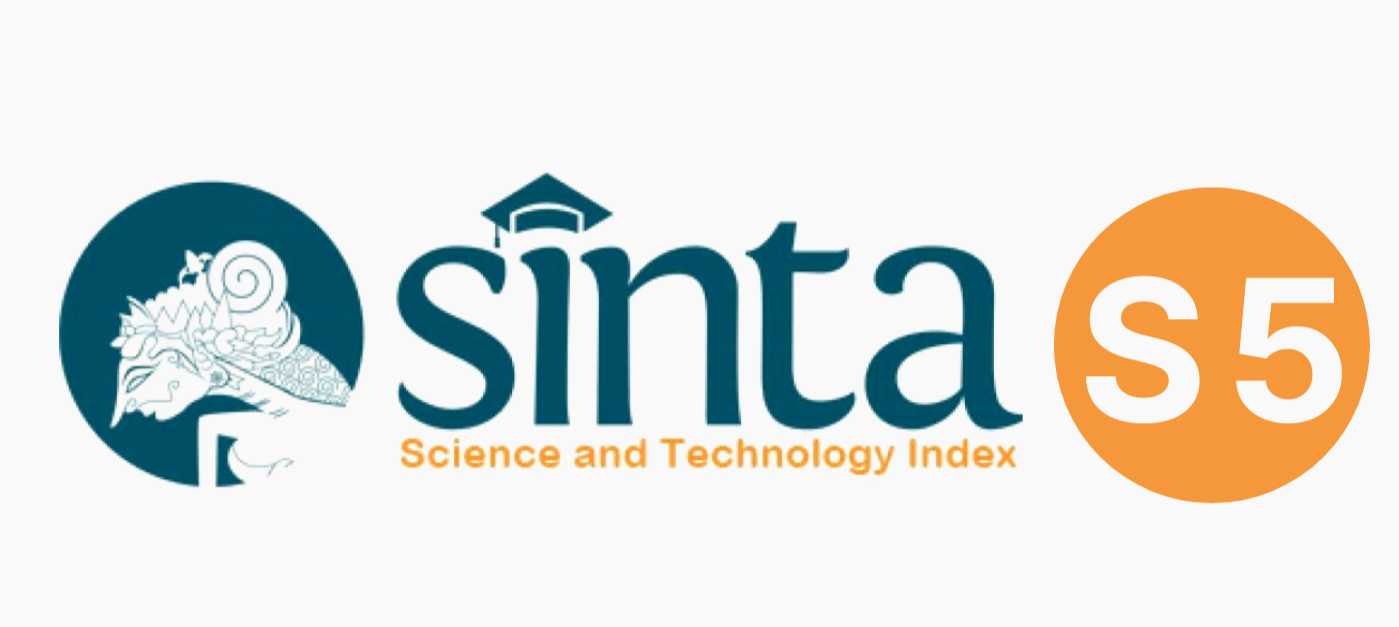Model Pemanfaatan Bersama Sumber Mata Air Sebagai Common Property oleh Masyarakat di Desa Cikahuripan Kecamatan Cimanggung Kabupaten Sumedang
 Abstract: 366
/
Abstract: 366
/  Abstract: 213
Abstract: 213
DOI:
https://doi.org/10.47753/je.v2i2.41Keywords:
Common property, capitalization of springs, sustainabilityAbstract
Common property as a model of common ownership of natural resources is very likely to be a common tragedy if social conditions are not prepared in such a way as to maintain the sustainability of the shared use of water resources. The purpose of this research is to know the model of joint utilization of springs by society. Whether the model of joint utilization done so far can have an impact on the destruction of the springs or vice versa. This research is using qualitative approach and case study method, data is ollected directly and natural (real life events) through observation, interview, focus group discussion, and location search. The results were analyzed using the structural funcional theory and the concept of common property. The results show that although the community continues to grow but the utilization of water sources together is maintained. The existence of efforts to capitalize the source of the springs also still consider the aspect of needs and benefits for the community where the springs are located. Still maintaining the model of joint utilization of this spring can not be separated from social ties among members of the community, so the sustainability is still maintainedReferences
Agrawal, Arun. 2001. Common Property Institutions and Sustainable Governance of Resource. World Development Vol. 29, No. 10, pp. 1649-1672. Elsevier Science Ltd.
Agrawal, Arun and Catherine Shannon Benson. 2011. Common property theory and resource governance institutions: strengthening explanations of multiples outcomes. Environmental Conservation / Volume 38 / Issue 02 / June 2011, pp 199-210 DOI: 10.1017/S0376892910000925, Published online: 22 February 2011.
Blomquist, William. 1998. Common Property's Role in Water Resource Management. Department of Political Science Indiana University, Indianapolis.
Buck, Susan J. "Cultural Theory and Management of Common Property Resources." Human Ecology 17(1) (1989): 101-116.
Fennell, L.A., (2011). Ostrom’s Law: Property rights in the commons. International Journal of the Commons. 5(1), pp.9–27. DOI: http://doi.org/10.18352/ijc.252
Hardin, Garrett. 1968. “The Tragedy of the Commons. in Science, Vol. 126, No. 3859 (pp. 1243-1248), Washington, D.C: American Association on the Advancement of Science.
Rahardjo, Mudjia. 2017. Studi Kasus dalam Penelitian Kualitatif: Konsep dan Prosedurnya. Program Pascasarjana Universitas Islam Negeri Maulana Malik Ibrahim. Malang.
Ritzer, George. 2002. Sosiologi Ilmu Pengetahuan Berparadigma Ganda. Raja Grafindo Persada. Jakarta
Samidjo, Jacobus. 2015. Pengelolaan Air dan Sumber Air Terpadu yang Berkelanjutan. Majalah Ilmiah Pawiyatan Edisi Khusus, Vol: XXII, No. 2. Juli 2015.
Shiva, Vandhana. 2003. Water Wars Privatisasi, Profit, dan Polusi. Insist Press & Walhi. Yogyakarta
Walljasper, Jay. 2011. Elinor Ostrom’s 8 Principles for Managing A Commons. http://www.onthecommons.org/magazine/elinor-ostroms-8-principles-managing-commmons
Downloads
Published
Issue
Section
License
Articles published in Jurnal Empirika are licensed under the International License of Creative Commons Allowance-ShareAlike 4.0. The author is free to use any media to copy, change, or redistribute the paper, provided the author gives credit to the original author and this journal, links to the license, shows if modifications have been made, and redistributes it in the same permission. The author grants the right to any third party to use their posts following the Creative Commons Attribution-Share Alike International 4.0.











